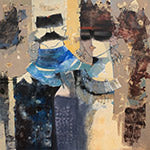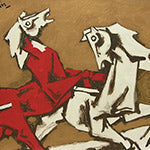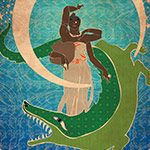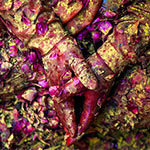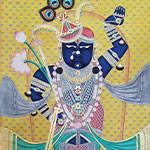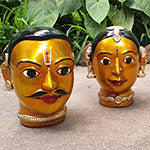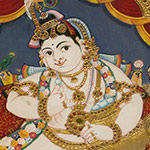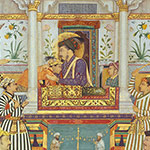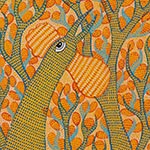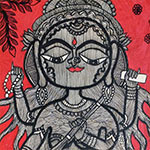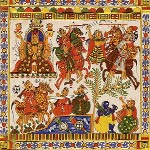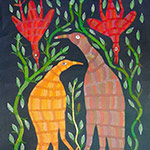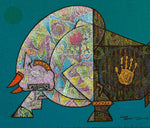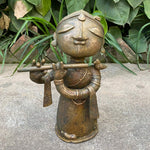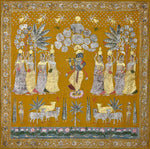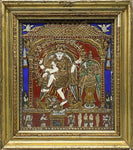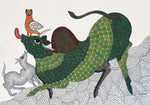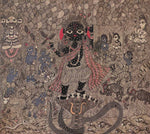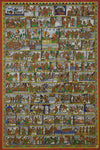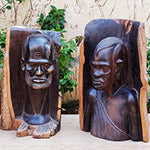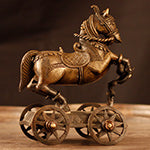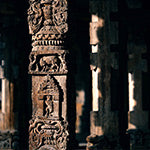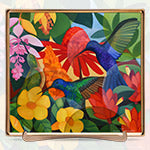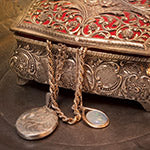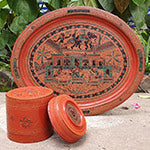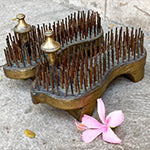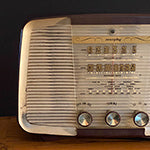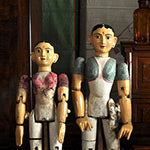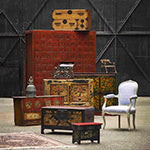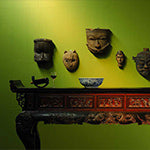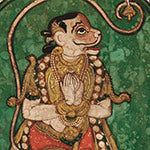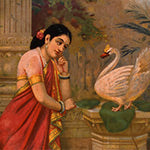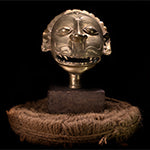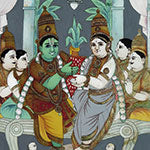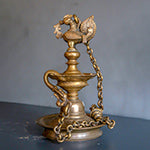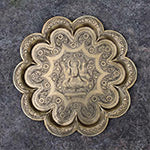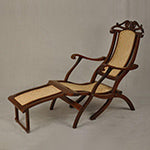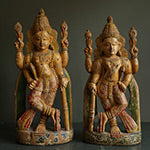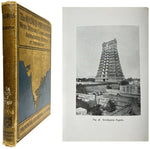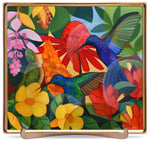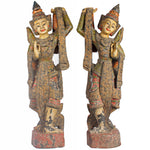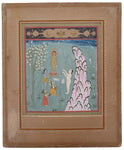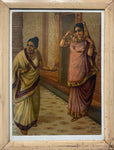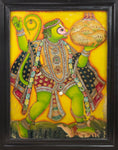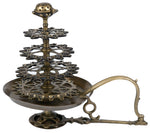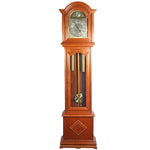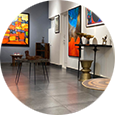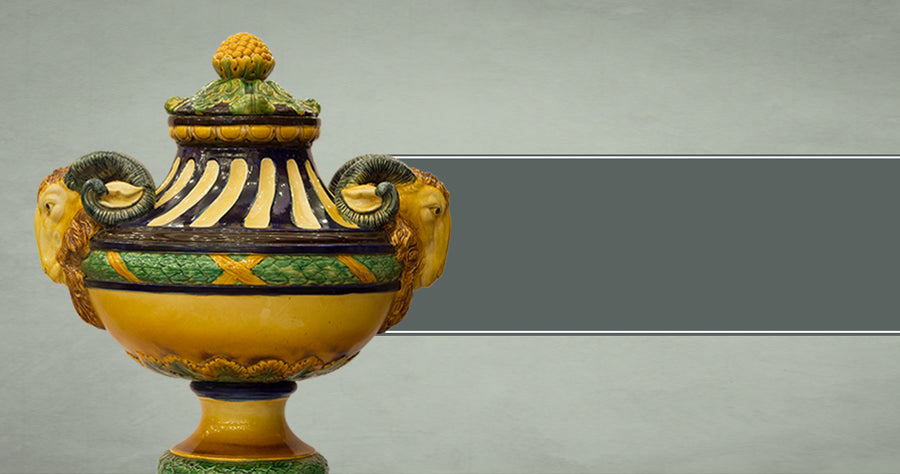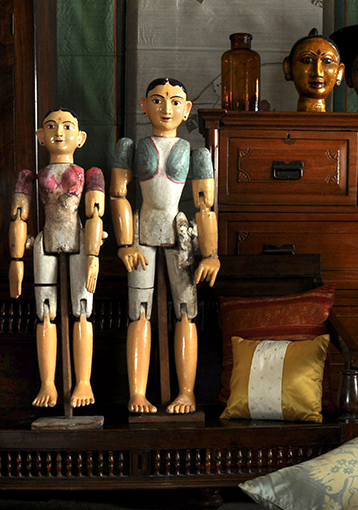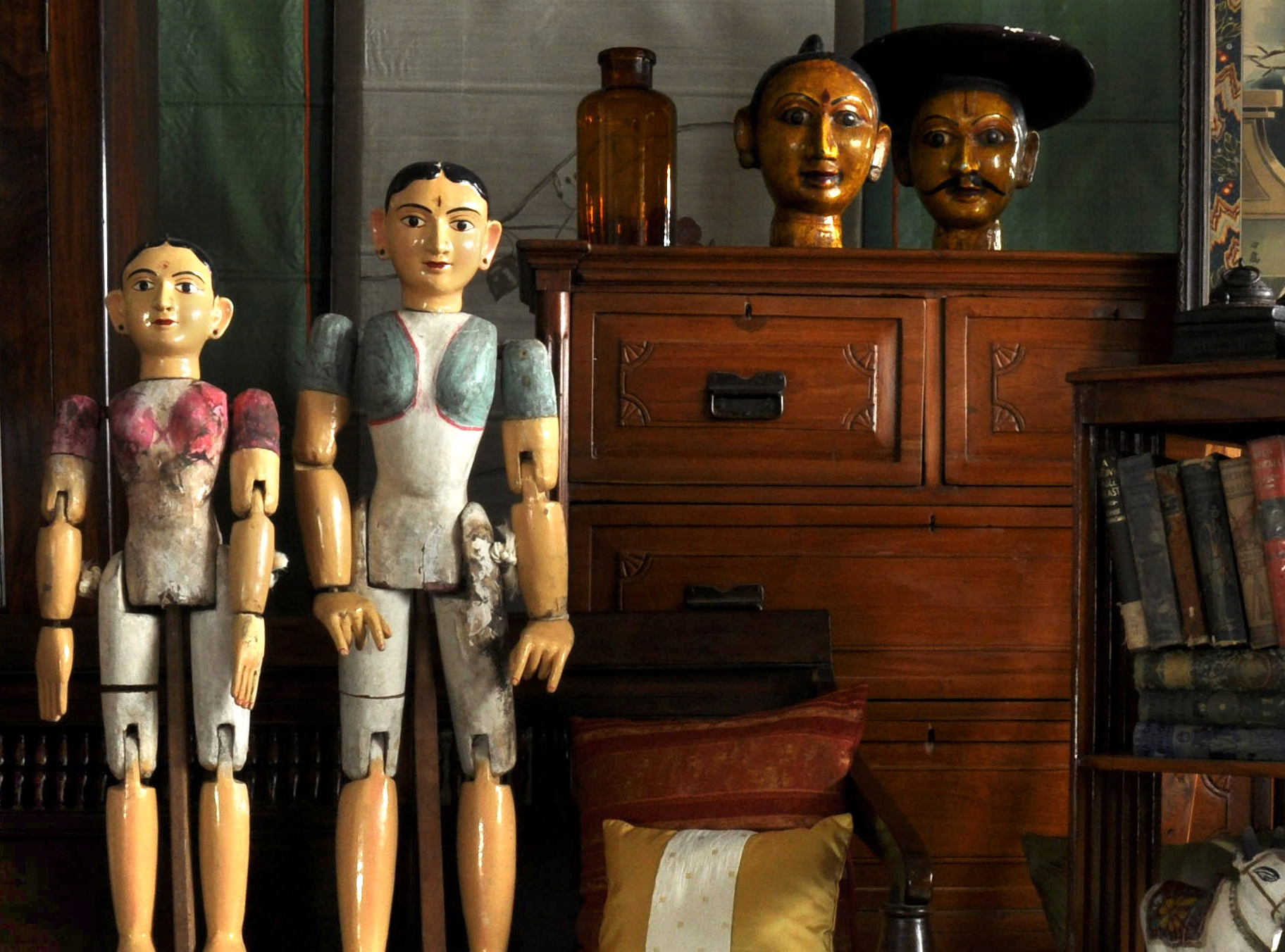Ornamental Yet Natural - the Art Nouveau Movement, a Magical Period in Design
Art WiseWith fluid lines, sweeping curves and exaggerated decorative motifs, an innovative style of modern art took over Western Europe and America at the turn of the 20th century. Unlike its predecessors, this style did not look backwards to history for inspiration and ideas. Instead, it looked to its surroundings, especially nature.
 (Famous artworks titled 'Zodiac' and 'Daydream' by renowned Czech Art Nouveau painter Alphonse Mucha)
(Famous artworks titled 'Zodiac' and 'Daydream' by renowned Czech Art Nouveau painter Alphonse Mucha)
ART NOUVEAU or New Art, was revolutionary, and propagated the idea of art in everyday objects, no matter how functional their purpose. And so, the movement had an influence on art, architecture, furniture, glassware, jewelry and other forms of applied art.
 (Source: Furniture - Pinterest @Melanie McNa, Jewelry - Abrandt & Son, Vase - artdecodecor.com)
(Source: Furniture - Pinterest @Melanie McNa, Jewelry - Abrandt & Son, Vase - artdecodecor.com)
An extremely decorative style, Art Nouveau was greatly influenced by the Industrial Revolution, Art and Crafts Movement, and the abstract images and soft colours of Japonisme (the influence of Japanese Art on Western culture). While Art Nouveau practitioners believed in fine craftsmanship and quality goods, they adopted technological advancements and produced furniture in factories.
 (Renowned artist Emile Galle created this cabinet influenced by Japonisme; Source: Pinterest @ Jacqueline Parenteau)
(Renowned artist Emile Galle created this cabinet influenced by Japonisme; Source: Pinterest @ Jacqueline Parenteau)
A lavish style, it used exotic woods, luxury veneers, and iridescent glass among a variety of materials. Taking inspiration from the natural world, it employed elongated curvy lines, leaves, floral motifs and female silhouettes. The ‘whiplash’ curve - a narrow deep parabola, was a distinct element of the day that was applied to cabinetry, mirror frames and chair arms.
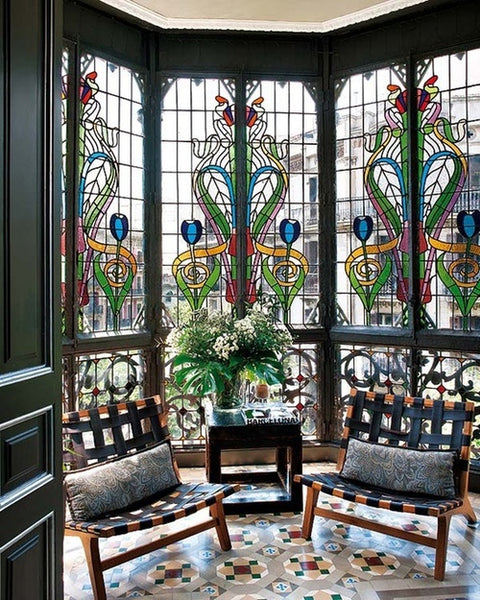 (Stained Glass Windows with Art Nouveau patterns; Source: artnouveau.soup.io)
(Stained Glass Windows with Art Nouveau patterns; Source: artnouveau.soup.io)
 (Furniture incorporating the 'Whiplash Curve'; Source: housedesign.ru)
(Furniture incorporating the 'Whiplash Curve'; Source: housedesign.ru)
There was also a focus on fine finish with polished or varnished surfaces, and curved forms. Decorative marquetry and gilt work were also incorporated within furniture and sculpture pieces.
 (Table Lamp with Gilt designed by Francois-Raoul Larche)
(Table Lamp with Gilt designed by Francois-Raoul Larche)
While Art Nouveau was most popular in France and Belgium, it evolved into different variants in different countries. It was called Jugendstil in Germany, Stile Liberty in Italy and Tiffany Style in America, due to its association with the famous artist Louis Comfort Tiffany who designed the famous Tiffany Lamps.
 (Collection of Tiffany Lamps at the Virginia Museum of Fine Arts)
(Collection of Tiffany Lamps at the Virginia Museum of Fine Arts)
One of the most prominent designers of the time was the Scottish architect Charles Rennie Mackintosh. His style was a conservative and restrained form of Art Nouveau. He was renowned for his narrow extremely high-backed chairs finished in glossy lacquer.
 (The famous 'Mackintosh' Chair; source: vam.ac.uk)
(The famous 'Mackintosh' Chair; source: vam.ac.uk)
Many other architects of the time such as Antoni Gaudi and Victor Horta made curvy nature-inspired furniture specifically for the buildings that they designed.
 (Hotel Tassel in Brussels, built by renowned Belgian architect Victor Horta is considered as the first true Art Nouveau building)
(Hotel Tassel in Brussels, built by renowned Belgian architect Victor Horta is considered as the first true Art Nouveau building)
Art Nouveau was the dominating style for a very short period of time. Viewed as ostentatious and decadent, its downfall came just before World War I when austerity became the foremost philosophy. Though interest in the style has declined, it remains distinguished for its organic style and fine craftsmanship.
 ('Leaf Chair' with a quintessential Art Nouveau design and fine craftsmanship)
('Leaf Chair' with a quintessential Art Nouveau design and fine craftsmanship)


